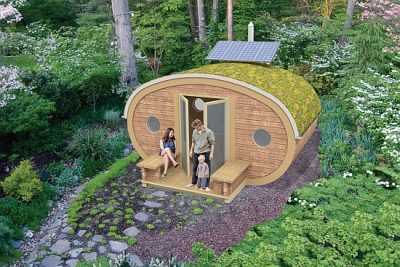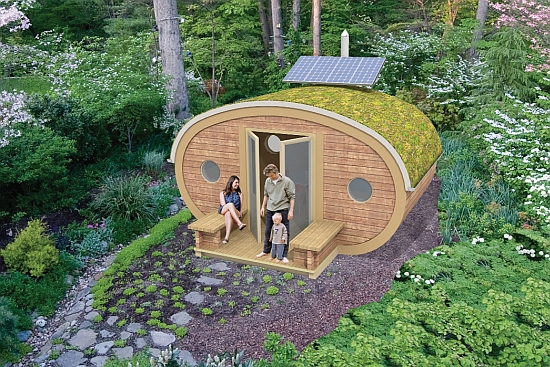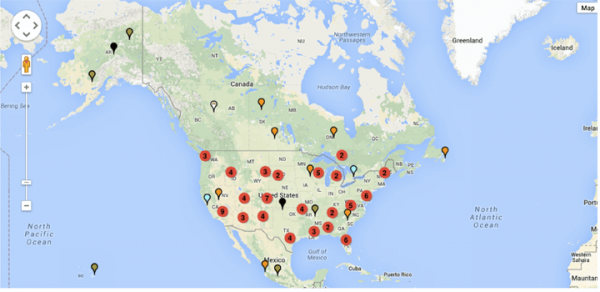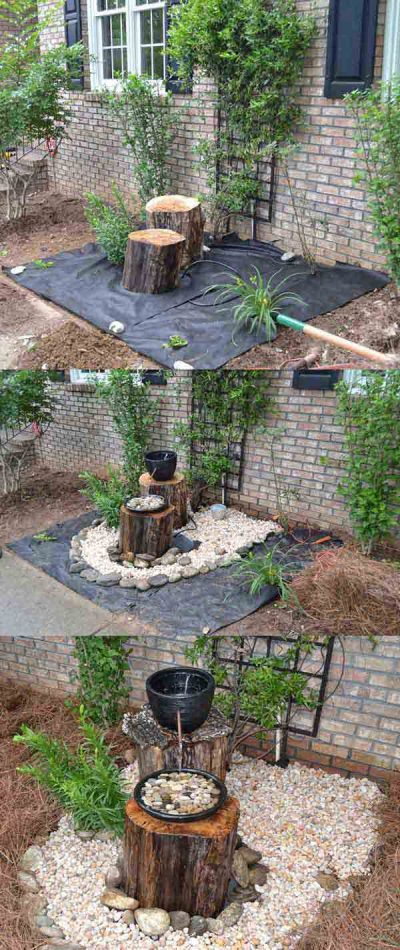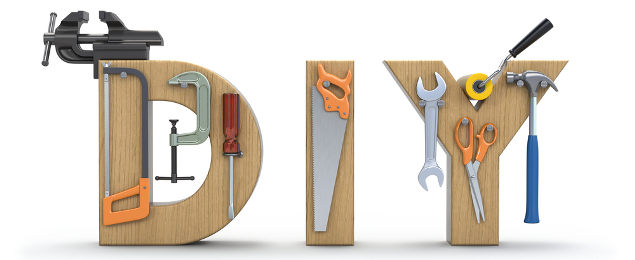 Do it yourself videos are taking the Millennials by storm, and it’s not just the cooking shows and crafts ideas. From the comfort of your garage, you can learn how to use a wood lathe or the tools you need for changing the broken headlight on your seven- year -old automobile.
Do it yourself videos are taking the Millennials by storm, and it’s not just the cooking shows and crafts ideas. From the comfort of your garage, you can learn how to use a wood lathe or the tools you need for changing the broken headlight on your seven- year -old automobile.
Home Repair Solutions
The older Millennials are now raising families and buying homes, but unlike the generations before them, who were scalded with debt with the housing boom turned into a crash, they are wary about borrowing large sums of money.
Middle class Millennials are buying older, middle-class homes. The down payment is low, but the repairs needed are often substantial. They may be stuck with faulty wiring, plumbing leaks, warped windows and doors and poor ventilation. The repairs would be as costly as buying a new home without a bit of do it yourself knowledge.
This knowledge would have been difficult to come by twenty years ago, unless you were born into a home where dad knew a little bit about everything, from carpentry to plumbing, heating, automotive and motor repair. But when the handymen began sharing their knowledge on Youtube, they built a fan base of viewers ready to try a little hands-on experience.
What the do it yourself Millennial learns as an apprentice jack of all trades, comes by trial and error within the privacy of the home, but is quickly solicited by other older-home buyers who either don’t have the time to learn handyman tricks or are too old to be crawling around in the basement. Since the handyman isn’t licensed, the cost of services isn’t much more than replacement costs.
Do it yourself videos for home repair include the type of tools needed and how they are used, as well as the materials and instructions on measuring, cutting, soldering or gluing and safety tips.
Working on home repairs can cause a surge of confidence in DIY users. As they learn to follow a blueprint and acquire skills with their circular saw, carpenter’s square, nail gun and hammer, they may decide to remodel their house, expand or separate a room, build a deck, craft together children’s playground equipment or even build a fully functional tiny house.
Up by the Bootstraps
The youth taking their places as today’s bread-winners have the computer savvy of no other generation. They built their first websites as children. They were installing, downloading, programming and utilizing computer software while their parents were still struggling with the modem. While playing their interactive games, they were establishing a social connection before the appearance of Facebook.
This expertise has allowed them to pursue the educational advantages and careers of their choice, leaning heavily on their computer skills to promote themselves.
As a society, they have reinvented themselves, passing on their knowledge and warning of pitfalls through videos, forums and websites. From the role of a highly competitive nation emphasizing formal education and financial success, the do it yourself Millennials are enabling each other to pursue their best interests in an environment of moral support and information. Value is placed on ability and field experience instead of a degree.
It’s a not-so-secret conspiracy that Millennials are slowly moving off the grid. Oh, they still cling to their cell-phones and would never give up their computers, but their ultimate goal is a life-style independent of corporate services.
For some, this has to be done in baby steps. Their concept of an independent life style is to move away from all things corporate and begin home living from scratch. Self-survival videos include different fire-making techniques, types of cabin or sod house construction, how to install and use a wood stove, clearing, crop-planting and winter survival and many other small things an urban person wouldn’t think about until his or first experience with living in the country.
Some do it yourselfers have a more sophisticated vision of their independent life-style. They learn how to make and install cheap solar panels, utilize gray water in gardening and build their own energy-efficient hot tubs and saunas.
Whether they wish to optimize their off-the-grid experience, or get back to basics, the only compatible environment is a rural location. Fully off the grid means private water access, private sewage and a self-constructed energy source for heating and electricity, none of which would meet the approval of city planners.
The Illusions of Statistics
Current sociologists tend to see rural America as a region in serious jeopardy of emptying out and becoming nothing more than wilderness America. Statistics look grim. The rural youth who went to college remain in the cities. The upwardly mobile are favoring urban areas to rural or suburban ones. Twenty percent of America’s population live on ninety-seven percent of its land. The other eighty percent live in densely populated areas.
Rural populations have the highest percentage of unemployed and the lowest percentage of college graduates.
But statistics don’t always reveal the full picture. While rural youth are migrating out, the independent, do it yourselfers are moving in. They aren’t concerned with non-existent jobs – they’ve brought their jobs with them, all wrapped up in a tidy package of virtual real estate.
Ten percent of the rural population state they are self-employed. Another fourteen percent state they are between jobs and are living on proceeds from seasonal work or bolstering their seasonal income with handyman jobs.
Slipping Away
The swelling ranks of Millennials who manage their work on-line gives them more freedom of movement. An on-life consultant, programmer, accountant, attorney, graphic designer or writer needs only a room with a computer and an Internet connection for ground control.
The more independent they are, the more the do-it-yourselfers disappear from the armament of statistics, which only measure demographic numbers, employment rates, health care, and public education. Self-employed salaries are often vague and do not reflect the lower cost of living generated through handyman knowledge, trade, barter and self-sufficient harvesting.
Some do-it-yourselfers use their skills to build lodges or cabins in remote areas, around lakes, rivers or ocean fronts, and advertise a bed and breakfast. They may also use their websites to offer guide services, fishing expeditions, boat rentals, or other hospitality services. Not completely off the grid as they must still report their income, their up-by-the-bootstraps approach still allows them to save money on their actual costs and keep their borrowing rate low.
Hospitality has become the number one industry among do-it-yourselfers, primarily because of the popularity of cooking shows. Aspiring cooks learn how to use a large variety of cooking techniques, are introduced to international kitchens, and create their own fusion recipes.
It becomes more than that, however. The do-it-yourselfer is innovative. Exciting new foods lead to ideas for exciting new atmospheres, with some themes so dominant, they influence the entire block.
The hospitality do-it-yourselfer has a futuristic vision. Surrounding structures might contain a gaming room for the virtual experience, a 3-D movie theater, an art gallery and a comic book store … or the do-it-yourself team might choose to build on an empty lot at the edge of town, incorporating their own miniaturized arts and electronics structures.
The Impact of Millennials on Rural Society
The Millennials aren’t stampeding to get off the grid. If they learned a few lessons from the housing bust, they also learned a few from the hippie generation. Those stepping off the grid record the degree of their independence, with logs that can run up to eight years of trial and error. The rewards, however, have taken seed and sprouted. Top users have declared up to 97% self-sufficiency. They contribute videos of their experiences to other do it yourselfers, with all the consequences of their mistakes as well as the fruits of their accomplishments.
Off the grid doesn’t mean flying solo. Off the grid communities share their homesteading experiences, farm or fishing life and their interactions with their rural neighbors.
Urban and suburban Millennials who have established their Internet businesses and can now freely choose where they wish to live, study the videos carefully before deciding to step out into the great outdoors. The choices of where they are going strongly reflect what Millennials want. Current statistics show a marked move away from the deep south, with the highest rate of rural desertion in Mississippi. However, Des Moines is one of the top choices for Millennials targeting cities.
Millennials like open spaces. Alaska and Utah have absorbed the most migrating Millennials, with an enticing low unemployment rate in Utah, and opportunities for living off the land and earning an income in fishing, mining, logging or in the hospitality industry in Alaska.
They also like mountains. Two other regional shifts are to the Smoky Mountains and the Pacific Northwest. 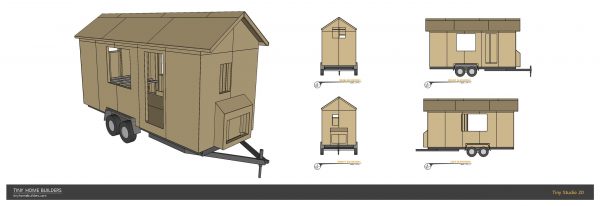
Millennials with an independent source of income and who buy, sell, barter and trade within the area they are living, add to the overall economic stability of the community. Millennials with professional capacities moving into rural areas to set up their Internet services, raise the standard of education within the community, especially if they share their knowledge or abilities with others.
Taking it Easy
The do-it-yourself Millennials are creating a new type of economy, one that is dependent on social networking for establishing their credentials and a mutual support system for selling their products and services. Middle class Millennials live as family units, with at least one staying home, minding the children and managing the family business’ online presence.
By learning to do everything themselves, they keep house and automobile maintenance low, meals low-cost and healthy and even save money learning to sew their own clothes and making their own curtains.
In some respects, it makes them Old America with new technologies. It’s the America before the farm belt moved into the cities to find work. It’s the America that relied on its own resources and abilities. It’s the America that likes to think wide, think big and use its full imagination.
It’s an America that’s taking it slow and easy. With each cautious step, they remind themselves of the errors of the past and research carefully before moving forward. They have chosen not to go into staggering debt to pay off a student loan or buy a new house. They are largely self-taught and buy into cheap real estate. They don’t wait for manufacturing or textile jobs to suddenly increase the labor force and turn a previously small, low-income community into a flourishing town. They’ve learned one other thing from Old America. Don’t wait around for people to do things for you. If you want something done, just do it yourself.

